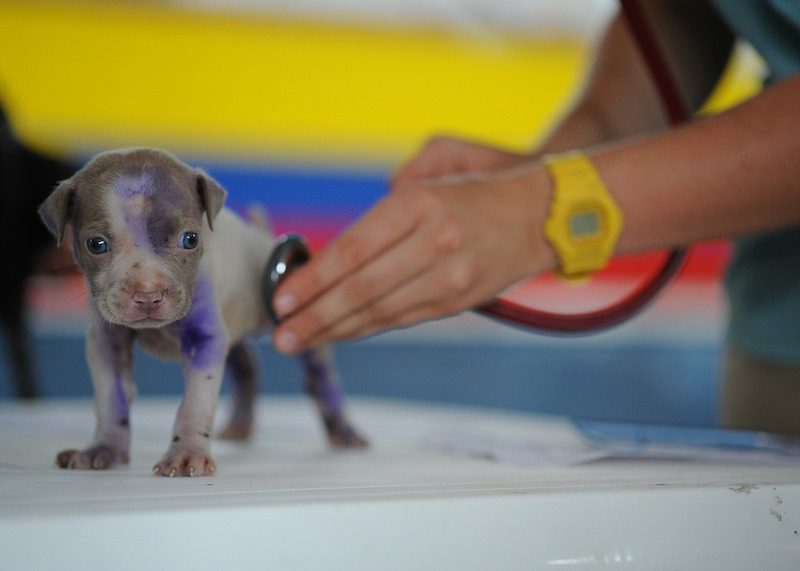
Clients may have experienced longer wait times lately, on both our Primary Care and Emergency services. It’s not a situation that we’re happy about, though we’re doing what we can to remedy it. But from what we’ve heard and observed, wait times have increased at many other veterinary offices as well. In fact, there is currently a shortage nationally of both veterinarians and licensed veterinary technicians (LVTs). We haven’t been immune to the effects.
Our summer intern, Katie, who will be going into a career in human resources, has spent some time researching this. Read on as she gives us a more detailed look at this problem.
We thank you for your continued patience, especially through these busy summer months!
Demand for both veterinarians and veterinary technicians has skyrocketed in recent years due to a combination of factors such as economic growth in the U.S., increased numbers of pets, and increased demand for 24/7 veterinary access (Cushing, 2019). There is a tremendous shortage of veterinarians relative to this demand, leading to veterinary practices being unable to recruit as many veterinarians as they need (McKinney, 2019). It is perhaps then unsurprising that the general consensus among veterinary care providers across the nation is that their most significant challenge lies in recruiting an adequate number of veterinarians and veterinary technicians to meet their staffing needs (Cushing, 2019).
Unsurprisingly, this shortage of sufficient numbers of veterinarians and techs can lead to increased wait times (Cima, 2019). A number of things have contributed to these national shortages, creating a perfect storm.
Shortage of LVTs
Let’s examine the shortage of qualified veterinary technicians first (those are the awesome people acting as the doctor’s left hand in the exam rooms, as well as taking care of all sorts of things behind the scenes). This shortage of credentialed veterinary technicians has been ongoing since at least 2016, leading many veterinary practices to lament their inability to find enough of these rare gems to satisfy all of their available positions (Larkin, 2016).
A significant challenge here is that, on average, a veterinary technician only remains in this profession for six years (Cushing, 2019), and the average rate of turnover clinics experience with their vet techs is 22% (Larkin, 2016). With such a brief window in the field, it’s no wonder that experienced veterinary technicians are so hard to find. There are many reasons believed to contribute to the brevity of the average veterinary technician’s tenure, such as: coworker conflicts, struggles with client treatment compliance, burnout, and receiving minimal recognition for all the hard work they do every day (Larkin, 2016).

Veterinarians
The shortage of veterinarians is also a huge problem. Demand for veterinarians (especially emergency veterinarians) has been extremely high, resulting in a national shortage (Cima, 2019). According to the American Veterinary Medical Association (AVMA), there were about 1,800 out-of-work veterinarians in the U.S. at the end of 2018, versus 2,200 jobs listed for veterinarians by the AVMA Veterinary Career Center alone (Cima, 2019).
As with the many reasons for increased demand, there are a variety of reasons for the current shortage of veterinary staff the nation is experiencing, such as the fact that about 2000 veterinarians retire every year (Cushing, 2019) and that the newer generations of veterinarians place more emphasis on the value of maintaining work-life balance (Cima, 2019).
References
Cima, G. (2019, February 13). ER docs shortage turns critical
Cushing, M. (2019, February). Let’s get to work
Larkin, M. (2016, September 28). Technician shortage may be a problem of turnover instead
McKinney, M. (2019, March 28). ‘DVM needed’: A look at the associate veterinarian shortage
Recent Posts
About Us
Ann Arbor Animal Hospital is a locally-owned animal hospital operating for over 90 years in Ann Arbor, MI.

